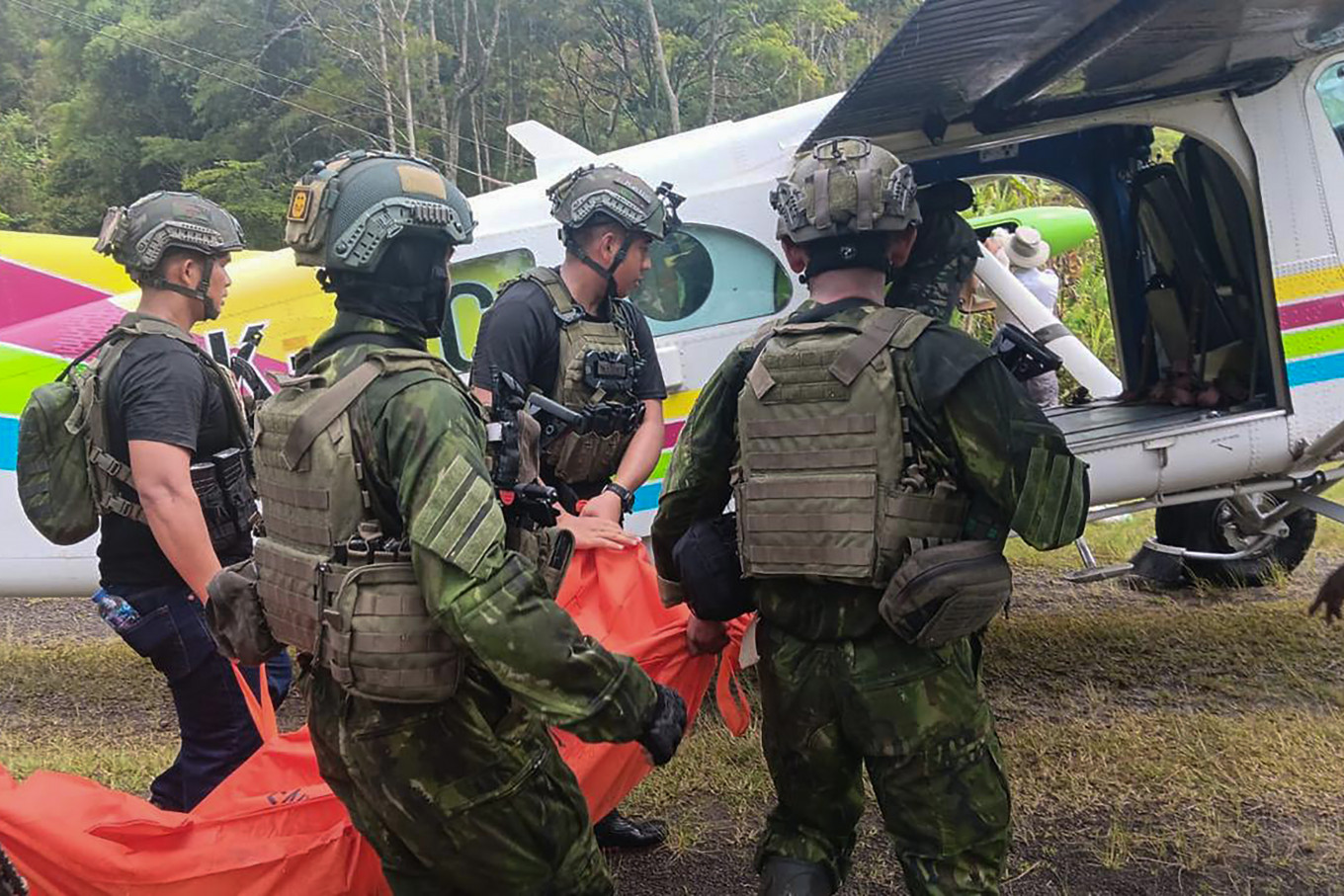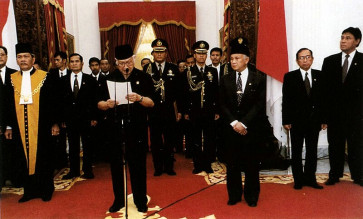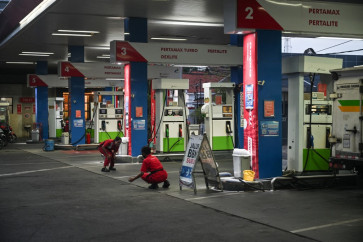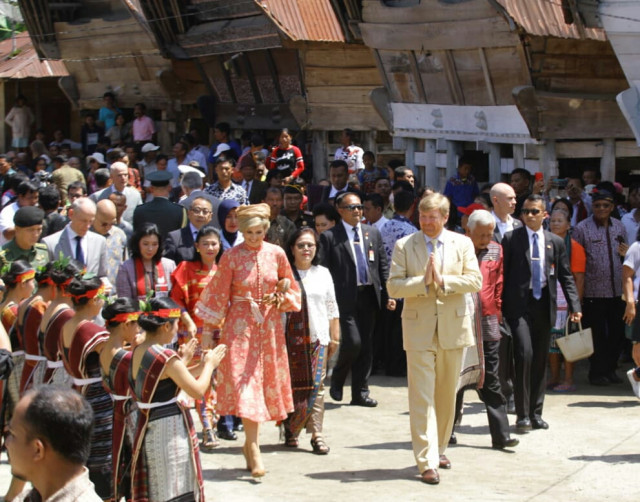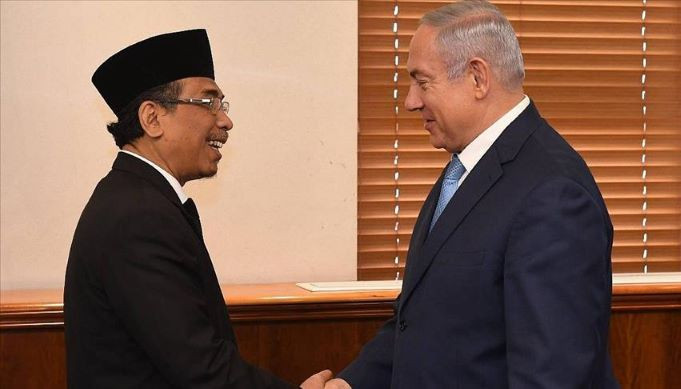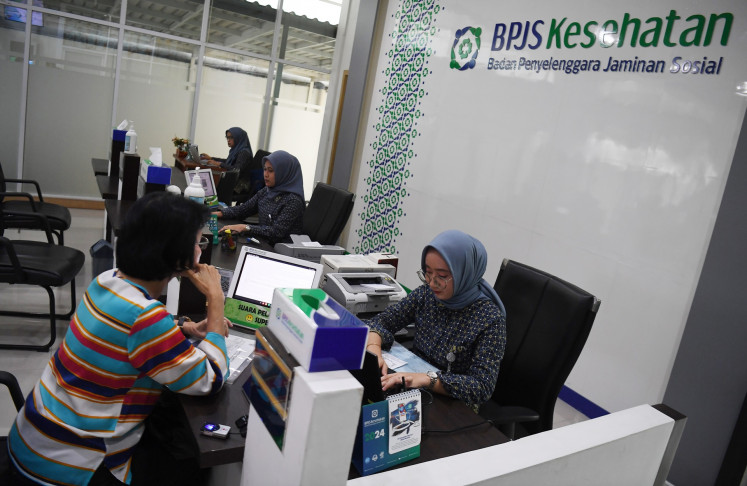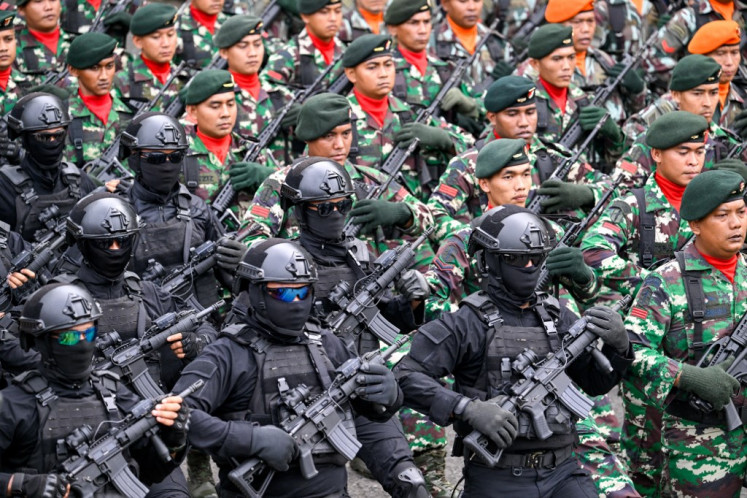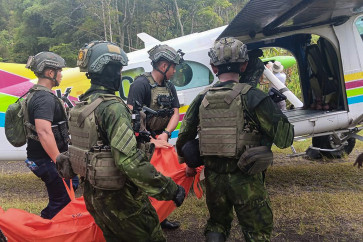Popular Reads
Top Results
Can't find what you're looking for?
View all search resultsPopular Reads
Top Results
Can't find what you're looking for?
View all search resultsThe hard road to effective conflict resolution in Papua
A comprehensive strategy that addresses the long-standing legacy of mutual distrust as well as deeply rooted cultural factors, including traditional warfare, is needed to effectively resolve the unending conflict in Papua.
Change text size
Gift Premium Articles
to Anyone
F
rustration and sadness is growing as regards recent developments in Papua: conflict continues to escalate, with no signs of resolution. Casualties are increasing among security forces, the West Papua National Liberation Army (TPNPB) and especially civilians.
Recent armed confrontations between the Indonesian Military (TNI) and the West Papua National Liberation Army (TPNPB) broke out in Hitadipa district, Intan Jaya regency, Central Papua. According to a report on May 19 from Suara Papua, the clashes resulted in the deaths of four TPNPB members and one civilian, who was killed by stray bullets, while another seven civilians were reported missing.
The ongoing presence of security forces has caused widespread trauma and discomfort, forcing hundreds of people to flee their homes. Given this persistent violence, it is worth questioning why the cycle of conflict between security forces and the TPNPB remains so difficult to stop.
Breaking the cycle of violence in Papua presents distinct challenges due to several interrelated factors.
First, the region's difficult terrain and extreme weather conditions significantly hinder efforts to locate and pursue TPNPB bases, as revealed in discussions with experts and security personnel.
Second, understanding the "art of war" in traditional Papuan societies requires substantial time and cultural insight. Unlike modern military doctrines, traditional warfare is deeply rooted in cultural, spiritual and social frameworks, making it a complex and integrated part of community life rather than a distinct professional domain.
Third, the illegal arms trade, involving active and former security personnel as well as civilians, continues to persist. This illicit trade functions as a highly profitable industry, yet the political will to dismantle it remains weak, if not absent. What is particularly worrying is that many of these cases remain uninvestigated. It's believed that only 30-50 percent of cases are exposed, representing merely the tip of the iceberg. Arrests are typically limited to field-level actors, leaving financiers and arms suppliers untouched.

